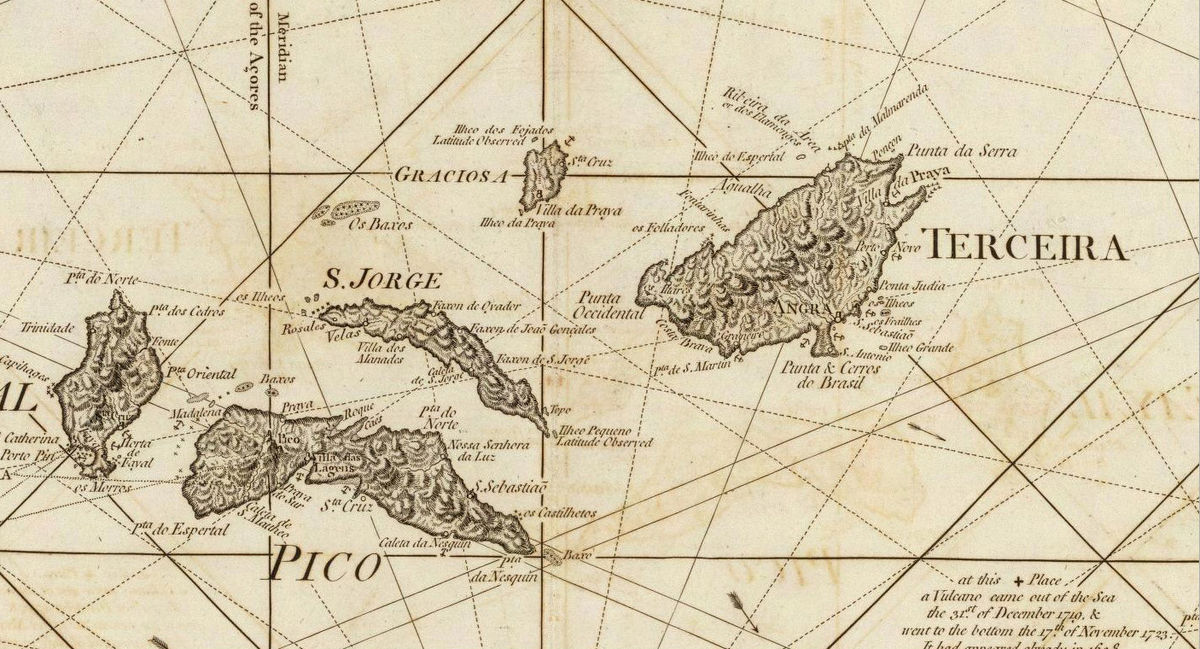
The Changing Census
Catherine Messier
My Portuguese Family Story
1910 immigration records from Cape Verde of my great-grandmother Emelia Leitao.
1. Emelia
Leitao
A Portuguese Immigrant
My great-grandmother, or my maternal grandmother's mom, immigrated to the United States from Portugal like most of my mom's family. Specifically, the record to the left lists her as an immigrant from the Cape Verde Islands in 1910 with the reason for immigration as domestic life. Interestingly, while my mother's side is now all known as Portuguese, her race is listed as African.
2. Marriage to
Antone Sylvia
A Second Chance at Love
My great-grandfather, or my maternal grandmother's dad, immigrated to the United States from Cape Verde before my great-grandmother. The New Bedford, MA marriage record to the right shows his marriage to Mary Browne in 1902. The story in my family is that after Mary passed away after having a few children, Antone sent to Portugal for a new wife. Emelia came to save the day, as shown by her reason for immigration in the record above, going on to have a happy marriage with many children.
1902 marriage records from New Bedford, MA of my great-grandfather Antone Sylvia and his first wife Mary Browne.
3. 1930 Census
A Happy Family
The 1930 census from New Bedford, MA lists couple Antone and Emelia ("Ida") Sylvia, along with children from both of Antone's marriages. My maternal grandmother, Flora, was 4 years old at the time. Matching my known family story and Emelia's immigration records, both Antone and Emelia are listed as born in Portugal, while all the children were born in Massachusetts. As expected since my entire extended family is white, this record lists everyone in the family as white under the race category.
1930 Census from New Bedford, MA, of my grandmother Flora Sylvia and her family.
4. 1940 Census
Racial Discrepancies
The 1940 census from New Bedford, Massachusetts, again lists Antone, Emelia ("Emily"), and their children, including my fourteen year old grandmother Flora. Birth places are listed as Cape Verde for the parents and Massachusetts for the children, matching other records. However, unlike the 1930 census, this record lists everyone in the family, with the exception of my grandmother Flora, as Black under the race category. This clearly does not make sense because of the 1930 census, making me wonder about the validity of these racial categories and census taking in general.
1940 Census from New Bedford, MA, of my grandmother Flora Sylvia and her family.
5. Family
Knowledge
My Previous Understanding
Though I never met my great-grandparents or my grandmother's siblings, I had never heard of the possibility of someone in my family being Black before seeing this census. When I asked my mother, she said that this side of the family had tan skin as most Portuguese people do, but that no one in the family ever considered them to be Black. In addition to the differences in the census records, this bit of family history confused me.
6. History of
Race on
Census
Changes in Categories
The picture to the right, taken from pewresearch.org, shows the differences in available racial categories on the United States census between 1930 and 2020, obviously reflecting an increase in categories over time. This change in racial categories displays a larger societal change in the understanding of race. This development in the way the government sees race offers a possible reason for why white family members may have been considered Black in 1940.
Comparison of racial categories between the 1930 and 2020 census.
https://www.pewresearch.org/interactives/what-census-calls-us/
7. Census Taking
A Biased Process?
The picture to the left, taken from census.gov, depicts a census taker from the 1900s. As the picture shows, the process for census-taking involved someone else recording information on behalf of the people filling out the form. The nature of this process provides room for many biases and prejudices to creep in, especially when the census is recording those who cannot read English to verify what is being said, such as my immigrant great-grandparents. These personal opinions offer another explanation for the discrepancy in my grandmother's family's census records, as my relatives may have looked white to one census taker, yet too dark to count as white to another.
Census taker from the 1900s.
https://www.census.gov/history/www/genealogy/other_resources/






